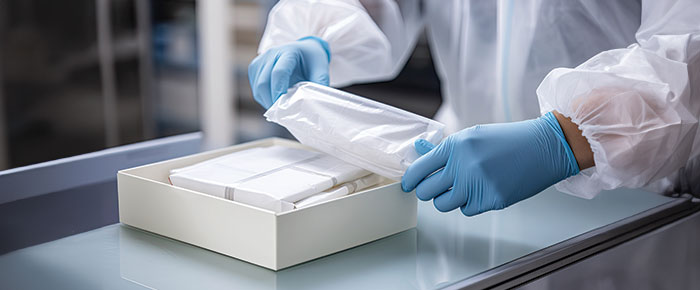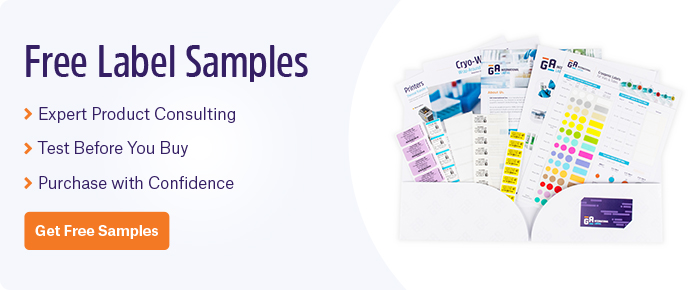
Shipping samples is a necessary process for many laboratory facilities across the world. While some ship samples more than others, specific key SOPs should remain in place to ensure the safety of those receiving the package and those responsible for handling it from its origin to its final destination. Here are several tips to provide maximum security for your staff and samples, from point A to point B.
Use leakproof containers
When preparing samples to ship, it’s always worth considering the type of containers that will house them during transit. Smaller containers are usually less liable to break, so consider using the smallest possible containers to carry the shipping samples. Screw cap tubes, microtubes, and vials are often sufficient to transport samples; however, they can still open due to mechanical force, especially if they are loose inside the package. Therefore, wrapping the top in parafilm or removable sealing tape can be an efficient way to ensure that tubes stay closed. Permanent tape is not usually recommended because it can leave adhesive residue on the tube when removed.
Use a secondary container
Though it shouldn’t happen often, it’s possible that the container does, in fact, leak. It is therefore recommended that all containers be placed into a secondary container in case of spills. These containers can be in the form of a plastic bin, a styrofoam box, or a leakproof bag. Ensure the secondary container is as leakproof as possible by using additional parafilm or removable tape. An absorbent material should also be included for liquid materials, as this can help absorb the contents of the primary containers. Use enough absorbent so that if a spill occurs, it is possible to absorb all the package contents.
Proper packaging is especially important when shipping Category B infectious substances (UN 3373). These materials are classified as being potentially harmful to humans or animals. They must be packed following ADR (International carriage of dangerous goods by road) packing instruction PI 650 for road transport and IATA packing instruction PI 650 for air transport. When transporting Category B materials, an additional tertiary package should also be used, and the material needs to be secured to prevent movement.
Provide a detailed list of contents
Before sealing the package, it’s essential to enclose a detailed list of everything included in the package. This ensures that even if someone besides the destination department or lab received the package, they can review the contents and understand the potential risks in handling it. Ideally, the list should be enclosed in plastic and affixed to the side of the box for easy access.
Use appropriate labels
Finally, it is crucial to use the proper labels when shipping samples. Cryogenic labels are the standard for samples that require continual freezing and must remain on dry ice. If tubes are taken directly from deep-freeze refrigerators or liquid nitrogen and must be re-labeled prior to shipping, CryoSTUCK can efficiently stick to frozen tubes without thawing them, ensuring that their contents are not degraded before sending them off.
Category B infectious substances must also have the appropriate markings and labels on the outer container. Labels must be durable, legible, and clearly visible on the outside of the packaging. The package size should also provide adequate space to fix all the required markings and labels. Labels must be located on the same surface of the package, affixed adjacent to the sender’s or recipient’s address.
For high-priority samples whose containers must be kept sealed during transit, tamper-evident labels afford a method of validating that the contents have not been accessed. These labels tear up or destroy upon any attempt to remove them or open the container. Thus, if the container is tampered with during shipping, it will be immediately visible upon reception.
LabTAG by GA International is a leading manufacturer of high-performance specialty labels and a supplier of identification solutions used in research and medical labs as well as healthcare institutions.



